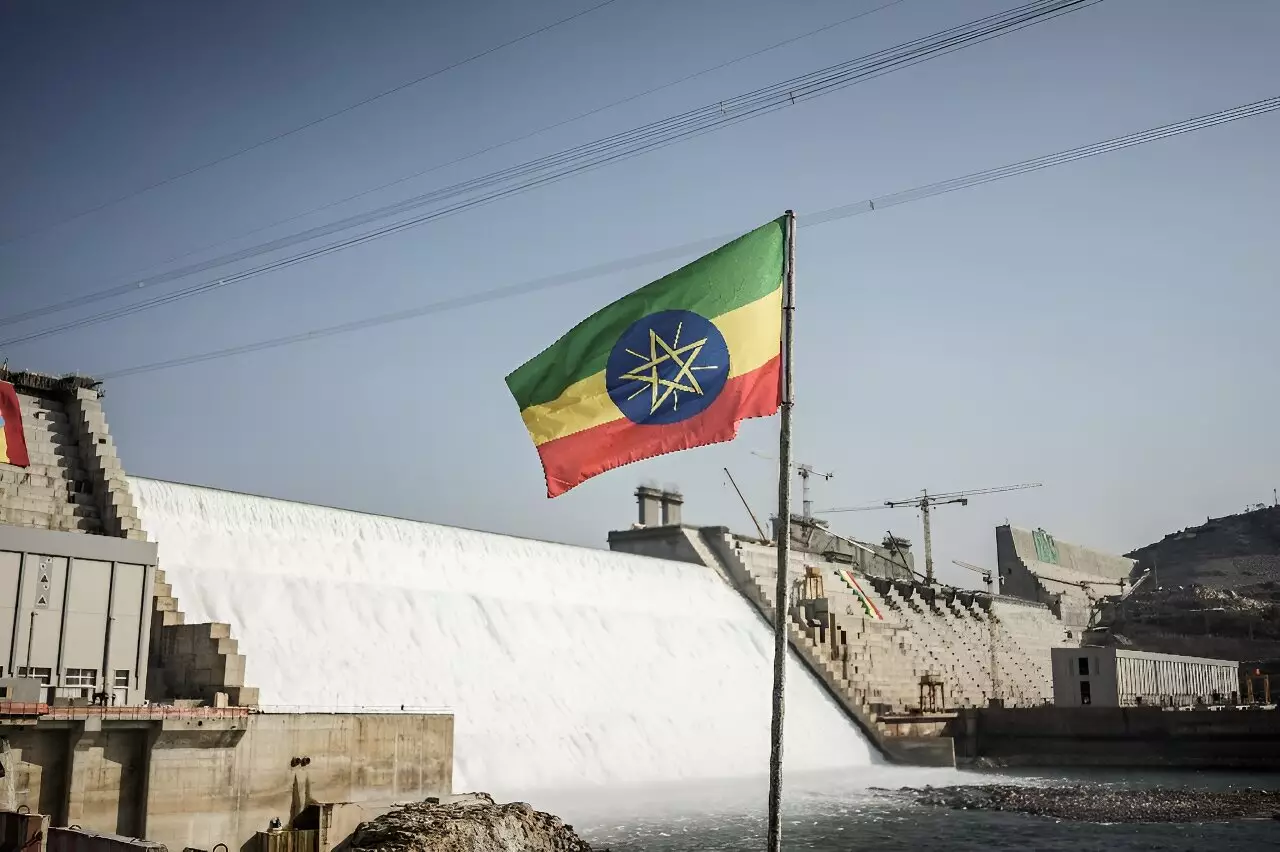Ethiopia recently announced that it has successfully doubled its electricity production from the Grand Ethiopian Renaissance Dam (GERD) on the Blue Nile. This announcement came after the activation of two new turbines at the dam. The GERD is now generating 1,550 megawatts of electricity, marking a significant milestone in the project’s progress. The completion of the construction phase and the transition into the operational phase signal a turning point for the mega-dam.
At full capacity, the GERD, with its massive dimensions of 1.8 kilometers in length and 145 meters in height, has the potential to generate more than 5,000 megawatts of power. This would make it the largest hydroelectric dam in Africa, surpassing the current output of Ethiopia by a substantial margin. The government of Ethiopia views the GERD as essential for the electrification and development of the country, which still faces significant challenges in providing reliable electricity to half of its 120 million population.
However, the GERD has been at the center of a regional dispute since its inception in 2011. Egypt and Sudan, downstream nations that heavily rely on the Nile waters, have raised concerns about the dam’s potential impact on their access to water. Negotiations between the three countries have been ongoing but have failed to reach a conclusive agreement. Egypt, in particular, considers the dam to be an existential threat due to its reliance on the Nile for the majority of its water needs.
Prime Minister Abiy Ahmed of Ethiopia has emphasized the importance of the GERD in managing water flow, mitigating flood risks, and ensuring a consistent water supply to downstream nations, especially during droughts. The World Bank has also recognized Ethiopia’s need to expand its electricity network and diversify into other clean energy resources like solar, wind, and geothermal power to address its electricity deficit. This deficit has been identified as a major obstacle to economic development and poverty alleviation in the country.
As the GERD continues to generate electricity and contribute to Ethiopia’s power grid, the country faces both opportunities and challenges. The completion of all 13 turbines at the dam could significantly boost Ethiopia’s electricity production and pave the way for economic growth. However, the unresolved issues surrounding the GERD, including the concerns of downstream nations and the need for a comprehensive agreement, pose a significant obstacle to the project’s success.
The Grand Ethiopian Renaissance Dam represents a major step forward in Ethiopia’s quest for energy independence and economic development. However, the dam’s controversial nature and the ongoing regional disputes highlight the complexity of managing shared water resources. As Ethiopia strives to harness the full potential of the GERD while addressing the concerns of its neighbors, the future of the mega-dam remains uncertain yet full of promise.


Leave a Reply